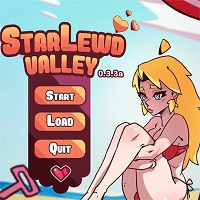Tempest Rising: A Nostalgic RTS Experience That Delivers
From the moment I launched the Tempest Rising demo, I was hooked. The opening cinematic, complete with cheesy dialogue from heavily armored soldiers and a nervous scientist, instantly brought a smile to my face. The music, UI, and unit designs perfectly captured the vibe of my high school days spent playing Command & Conquer with friends fueled by energy drinks, snacks, and a healthy dose of sleep deprivation. This game masterfully recreates that feeling, and I'm eager to see what Slipgate Ironworks has in store for the full release. Whether battling bots with surprisingly intelligent AI in Skirmish mode or facing off in Ranked Multiplayer, Tempest Rising felt incredibly familiar and comfortable.
This nostalgic experience is no accident. The developers explicitly aimed to create an RTS game reminiscent of 90s and 2000s classics, while incorporating the quality-of-life improvements expected in modern titles. Set in an alternate 1997 where the Cuban Missile Crisis escalated into World War 3, the game introduces strange, energy-rich vines that have sprouted in the wake of nuclear devastation, ushering in a new era of power.
Tempest Rising Screenshots

 8 Images
8 Images
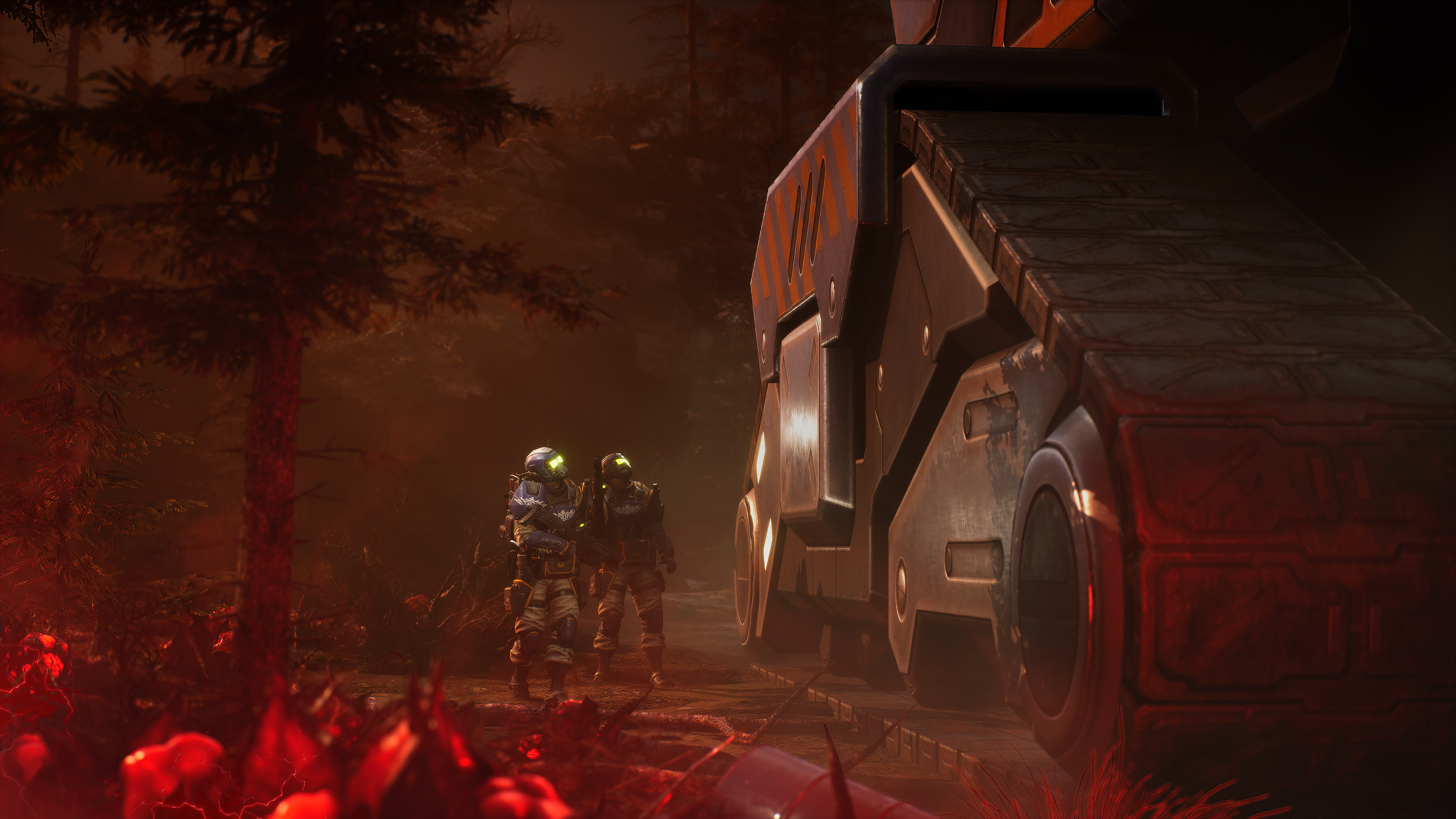
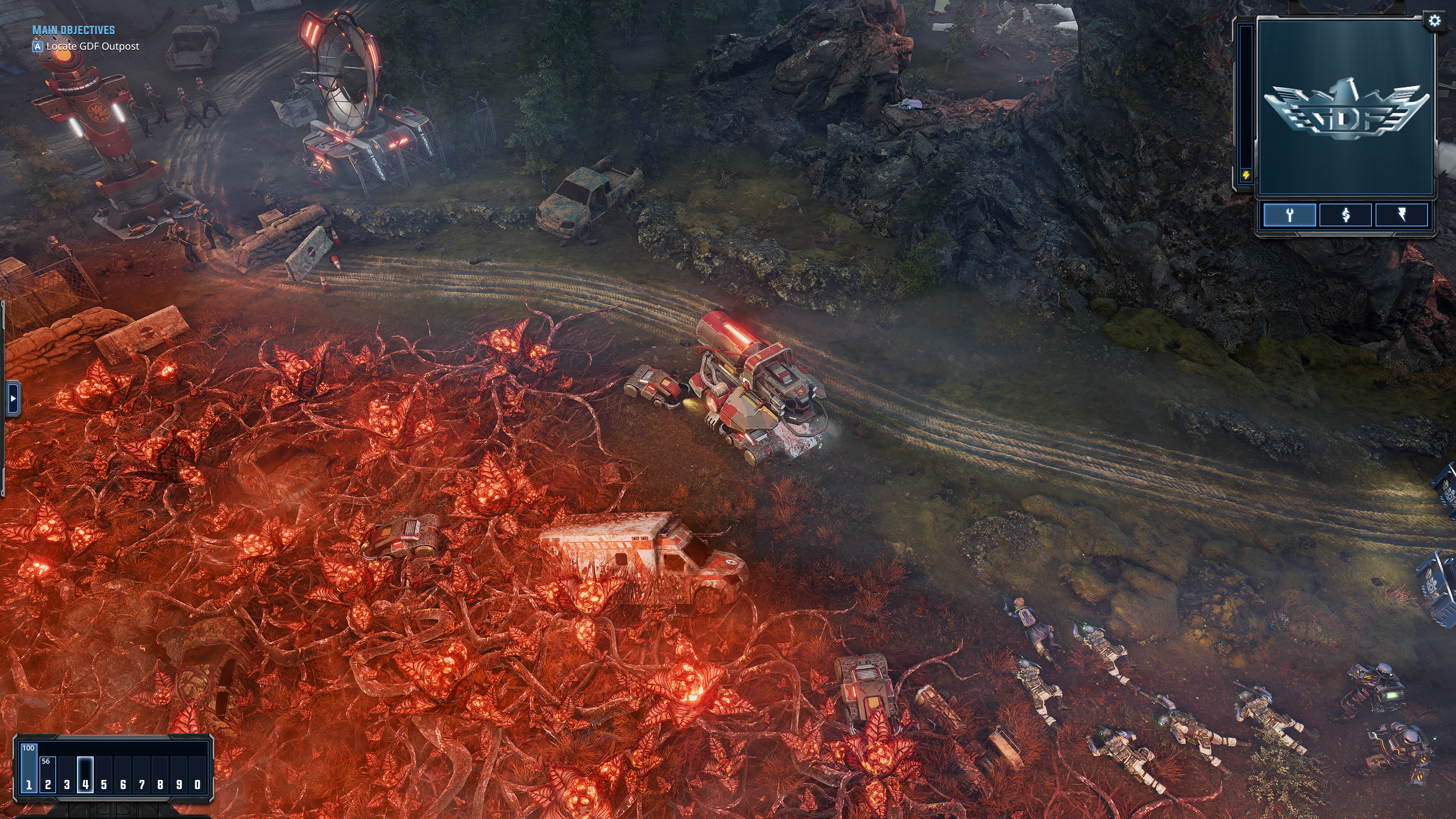
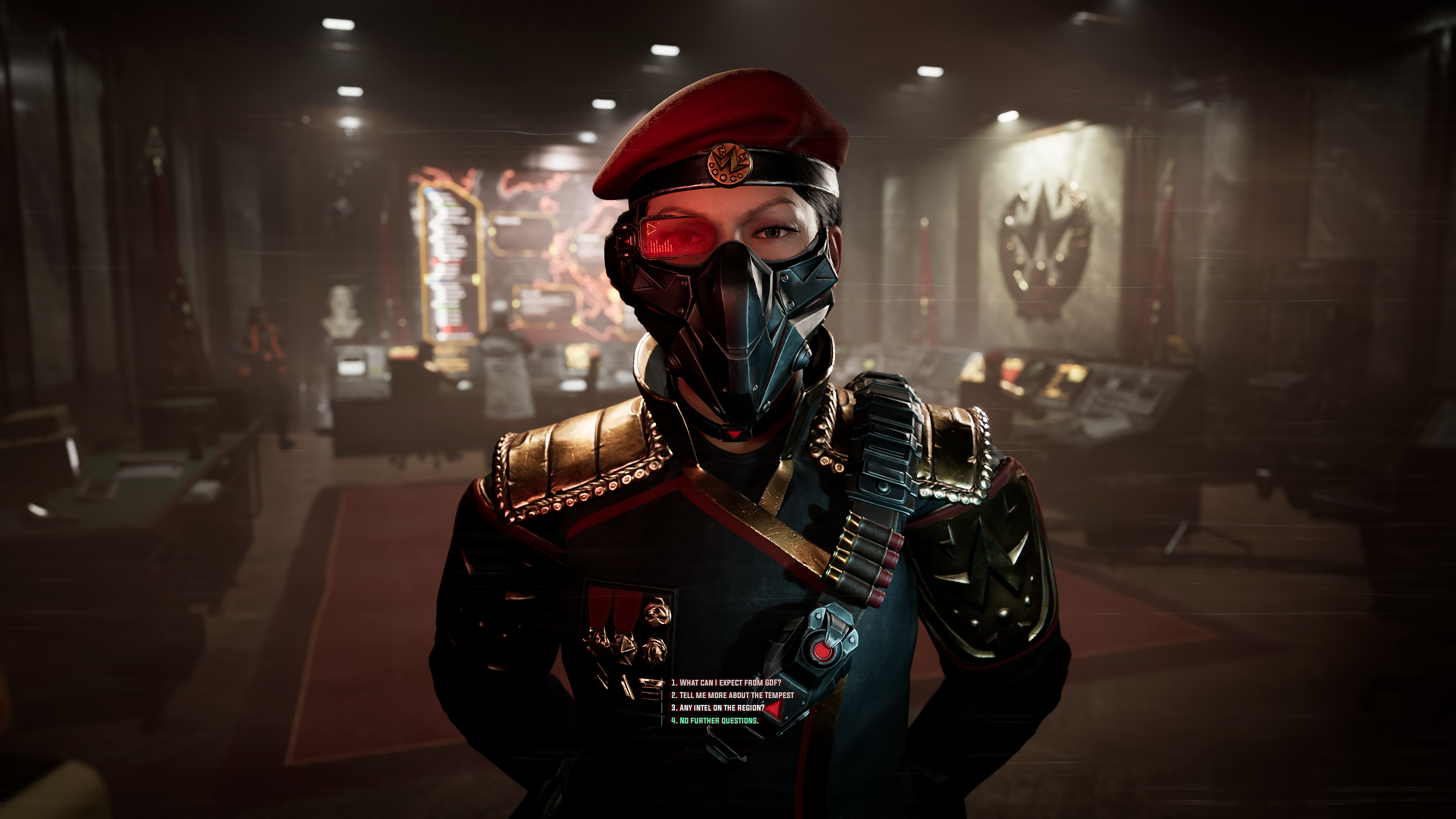
The demo focused solely on multiplayer, leaving the story mode a mystery for now. However, it's promised to feature two replayable 11-mission campaigns, one for each main faction: the Tempest Dynasty (TD) and the Global Defense Forces (GDF). A third faction remains shrouded in secrecy, unavailable in the preview build or at launch.
I gravitated towards the Tempest Dynasty, largely due to their amusing "Tempest Sphere," a rolling death machine that pulverizes enemy infantry. The Dynasty also utilizes "Plans," faction-wide bonuses activated through their Construction Yard. These Plans, cycling through a 30-second cooldown, offer strategic flexibility.
The Logistics Plan enhances resource gathering and construction speed. The Martial Plan boosts unit attack speed and provides explosive resistance, while the Security Plan reduces unit and building costs and improves repair capabilities. I found a satisfying rhythm switching between these Plans for economic boosts, rapid building, and powerful offensives.
This adaptability extends to other aspects. Instead of stationary refineries, the Dynasty uses mobile Tempest Rigs to harvest resources, allowing for flexible expansion regardless of distance from the base. This streamlined approach to resource management was a significant advantage.
The Dynasty's Salvage Van is another highlight, capable of repairing or, in Salvage Mode, destroying enemy vehicles for resource gain. Ambushing opponents and reclaiming their resources proved incredibly effective.
Power plants can switch to Distribution Mode, accelerating nearby construction and attack speed at the cost of taking damage—a risk mitigated by the mode's automatic shutdown at critical health.
While I favored the Dynasty, the GDF offers a compelling alternative, focusing on buffing allies, weakening enemies, and battlefield control. Their Marking mechanic, where units tag enemies for debuffs and Intel gain, is particularly potent.
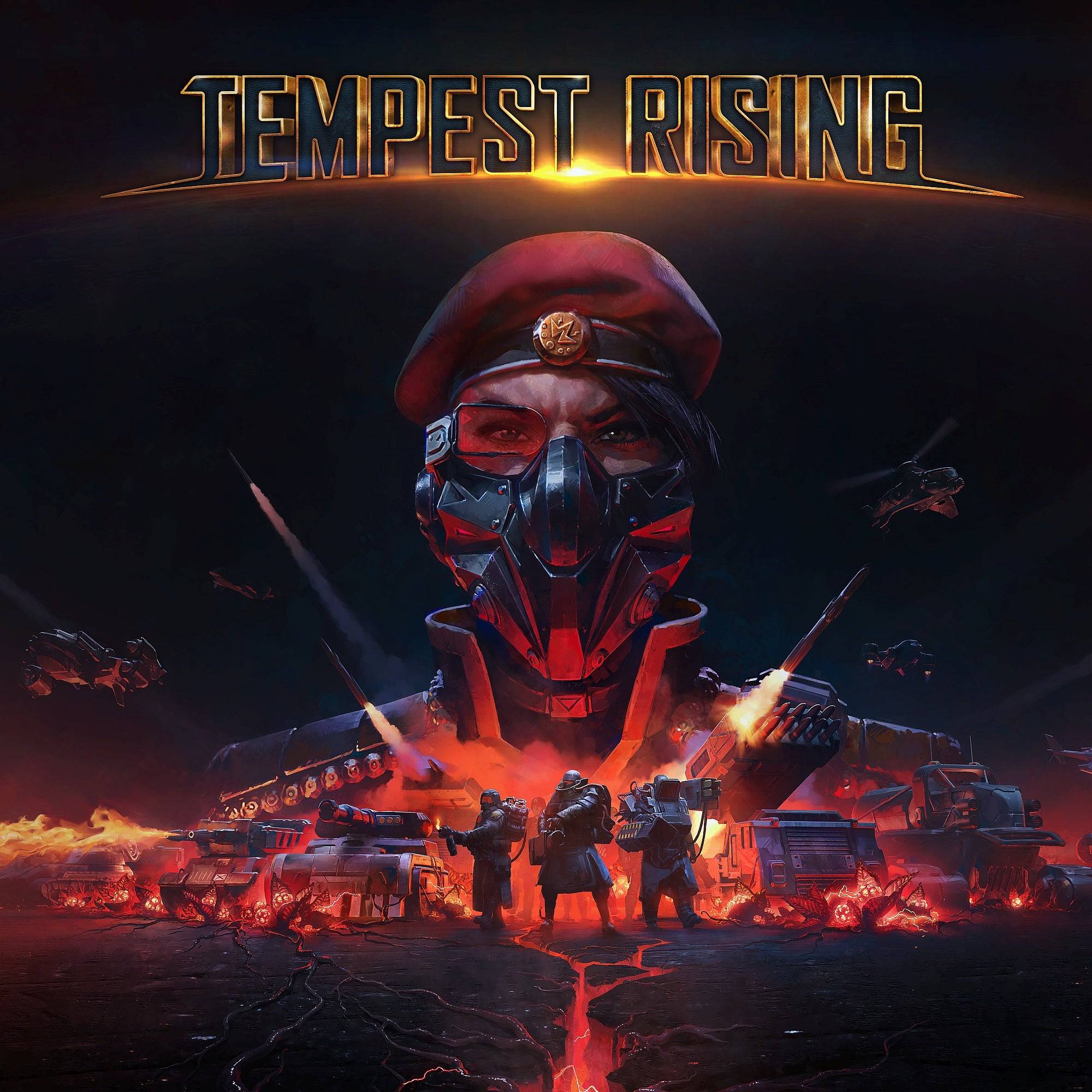 Tempest Rising3D Realms Wishlist
Tempest Rising3D Realms Wishlist
Both factions boast three tech trees, offering diverse strategic options. Beyond the tech trees, constructing specific advanced buildings unlocks powerful cooldown abilities, adding another layer of strategic depth.
The Dynasty's fewer, upgradeable buildings make structure loss impactful, countered by the Lockdown ability that prevents enemy takeovers. The Field Infirmary, a deployable healing zone, is a particularly useful asset.
The full game's Custom Lobbies promise even more fun, allowing for cooperative play against challenging AI opponents. Until then, I'll happily continue my solo campaign, crushing bots with my unstoppable army of death spheres.







![A Wife in Venice – New Version v2 [EROTIC DROP]](https://images.737c.com/uploads/87/1719599007667eff9f43e90.jpg)
